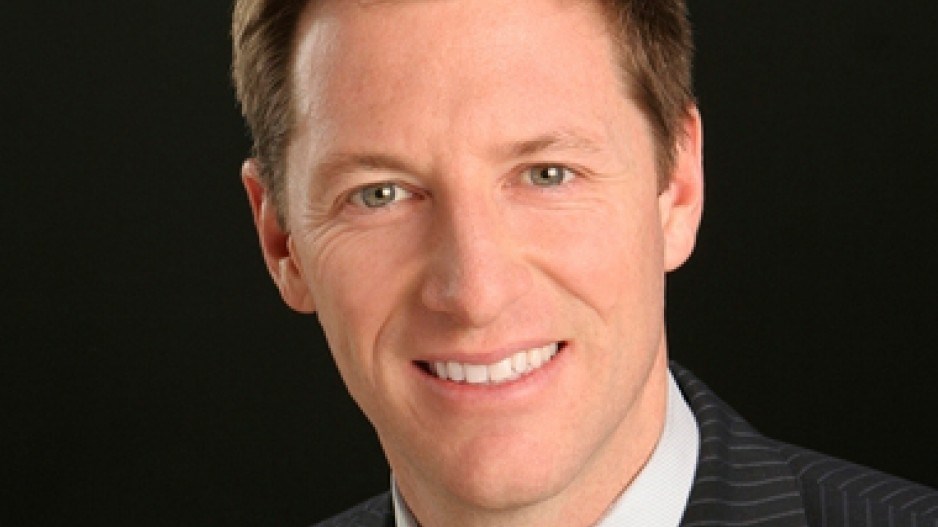Roger Hardy’s Clearly Contacts is a bonafide B.C. business success story. The business has grown steadily ever since he started it in 2000. It now employs more than 350 people in B.C. Its 2012 revenue totalled $192 million. This year, the online contacts and eyewear retailer took the bold step of opening two bricks-and-mortar locations.
But back when the concept of selling contacts over the Internet was new, the number of people who thought the idea would work could be counted on one hand.
Make that one finger.
Hardy still remembers the reaction from an optometrist he consulted in 1999, when he had already put all of his life savings into the new online business.
“He put his arm around me and sat me down and said, ‘Roger, no one will ever buy a contact lens on the Internet.Contact lenses are a face-to-face, one-on-one interaction.’”
He got the same reaction from potential investors, experts in finance who just didn’t think the business idea would fly.
“One of the first or second times I tried to raise money, [potential investors] said to me, ‘Contact lenses are a commodity. You’ll never grow this thing past a couple of hundred thousand dollars.’”
Hardy said he took that advice to heart, and it affected the investment he was willing to make in the business. As a result, he believes the business grew more slowly than it could have.
So how can startup entrepreneurs know when the naysayers are right or whether they should go against the flow?
Hardy said it comes down to a few absolutes.
“I’ve been involved in 20 startups … and I usually know in the first week whether we have a good business or not. We generate customers … and interest and enthusiasm for what we’re doing and customers start to come to the business.”
For instance, he said, Clearly Contacts had 17 orders the first day the website launched, and $68,000 in sales the first month.
Another commonality is that the business offers a product or service that fills a gap.
While his first investors couldn’t see the potential of his business because the model was too new and untested at the time, Hardy said traditional retailers are now coming to him for advice on how to move into the online space.




